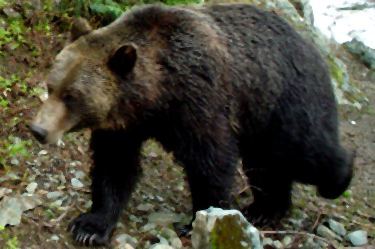With more and more bear sightings coming in, it’s hard to think about skiing and snowboarding….but you must!!! 2011 has so far been a record breaking year for snowfall and with the lower temperatures, the powder conditions are that of mid-winter. Environment Canada predicted a later spring which has so far proven to be true.
Where to head? Sunshine Village in Banff National Park is still rocking with incredible snow conditions and no crowds. Even Easter was quiet this year due to it being a little later in the year than usual. Sunshine Village will wrap things up for the season on May 23 2011 with the 83rd annual Slush Cup. There is lots more going on including the Sunshine Village 3rd annual Bikinis for Breast Cancer fundraiser.
The video footage below was taken in March and April this year in Sunshine Village’s backcountry. These skiers are experienced expert locals and have all the right backcountry gear so please do not imitate!
Enjoy these excellent extended ski conditions and be sure to look out for bears, wolves, deer, elk and big horn sheep (to name a few) on the spring ski bus to Sunshine Village from Banff!
Thanks for reading and feel free to share your spring skiing and boarding experiences with everyone below!

